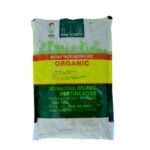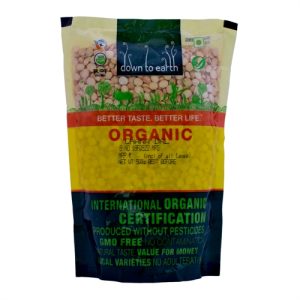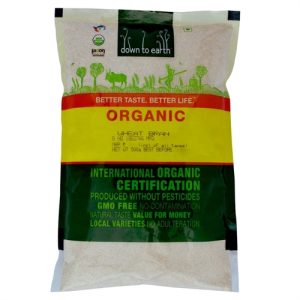Description
The whole grain of ragi may be ground into flour or decorticated before grinding to produce either a fine particle product or flour, which is then used in various traditional foods. The flour may be ground coarsely or finely, depending on individual preference and recipe requirement. To ensure that organic consumer get the best value for money, Morarka has joined hands with farmer groups in Karnataka for organic production.
The ragi flour is usually made into chapattis or rotis and served with vegetables. Ragi is favored by the gluten intolerant and is often cooked as porridge to be eaten alongside other foods. Ragi flour is made into flatbreads, including thick, leavened dosa and thinner, unleavened pancakes. In Karnataka, ragi flour is generally consumed in the form of ragi balls. In Maharashtra, bhakri, a type of flat bread is prepared using finger millet flour. Ragi flour is commonly eaten with the hull, which retains the majority of the nutrients. It is rich in calcium and antioxidants and all the varieties are gluten-free, an attractive alternative for wheat allergy sufferers.







Reviews
There are no reviews yet.